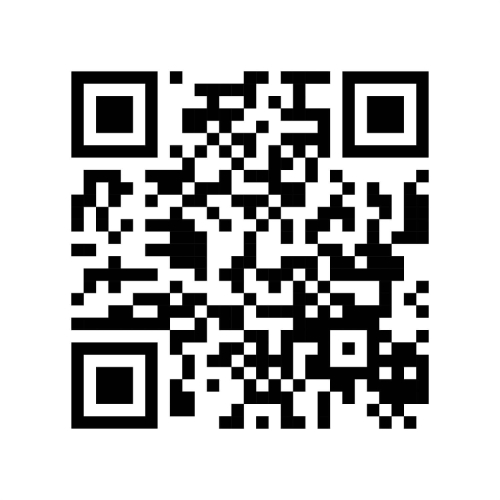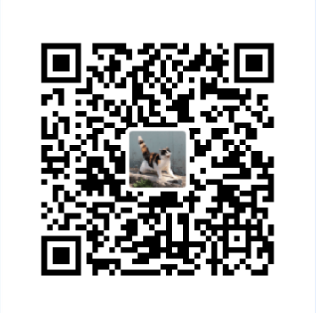Understanding MBTI: Your Guide to Personality Types

Understanding MBTI: Your Guide to Personality Types
GGGGOODS“The Myers-Briggs Type Indicator (MBTI) is a widely used personality assessment tool that categorizes individuals into specific personality types based on four dichotomies. This article explores the utility of MBTI in personal growth, career development, and team dynamics, while also acknowledging its limitations.”
“The Myers-Briggs Type Indicator (MBTI) is a popular tool used for understanding personality preferences. It is based on the work of psychiatrist Carl Jung and it categorizes individuals into specific personality types. The MBTI assesses four dichotomies: Extraversion (E) vs. Introversion (I), Sensing (S) vs. Intuition (N), Thinking (T) vs. Feeling (F), and Judging (J) vs. Perceiving (P). By determining where individuals fall on each of these dimensions, the MBTI provides insights into how they perceive the world, make decisions, and interact with others.
Many people find the MBTI useful for personal growth, career development, and team building. Understanding your MBTI type can help you leverage your strengths, address your weaknesses, and communicate more effectively with others. It can also shed light on suitable career paths that align with your personality preferences. Additionally, knowing the MBTI types of your colleagues can enhance collaboration and productivity in the workplace.
Critics of the MBTI point out that it oversimplifies personality and lacks scientific validity. While it is important to interpret MBTI results with caution and not as a definitive measure of personality, many still find value in the insights it provides.
Overall, the MBTI is a valuable tool for self-awareness and understanding others. It offers a framework for exploring different personality preferences and can be a starting point for personal and professional development.”
“While the MBTI has its critics and limitations, it remains a popular tool for self-discovery and understanding others. By leveraging the insights provided by the MBTI, individuals can enhance their personal and professional growth, as well as improve communication and collaboration within teams.”











